What is the limonene terpene?
Limonene is a major constituent in essential oils of lemon, orange, and other citrus fruits, hence the name limonene. It is responsible for the citrusy smell or aroma in cannabis products and has been identified to hold some awesome therapeutic potential.
Limonene is one of the most abundant terpenes in cannabis and may be found in concentrations up to 16 percent of the essential oil fraction. It is used as a household sweetener, a bioactive compound in the pharmaceutical industry, and added to perfumes as a deodorant. Limonene is Generally Recognized as Safe (GRAS) as a food additive, flavoring, and fragrance additive by the FDA.
Although limonene is non-intoxicating, it can mimic the activity of cannabinoids (cannabimimetic activity). As a terpene, it plays a critical role in the entourage effect as it can modulate the behavior of cannabinoids like CBD and THC at the receptors. It also promotes the activities of other terpenoids like beta-caryophyllene and myrcene.
Limonene is not only a good flavoring agent that gives specific cannabis varieties a fruity flavor and refreshing scent. Science myrcene can play active roles in the following;
- Relieving anxiety
- Elevating mood
- Antimicrobial activities
- Anti-cancer
- Analgesic
- Antioxidant
- Anti-inflammatory properties
There are also reports pointing to its ability to reduce cholesterol and promote cardiovascular health.
Cannabis-based limonene is popular for its energizing, mood-elevating, and calming effects. Therefore, cannabis strains high in this terpene may be helpful for conditions like depression, chronic fatigue syndrome (CFS), and ADHD.
Limonene terpene effects in cannabis?
Cannabis products rich in limonene tend to have a lemon or citrusy scent. It is mostly isolated alongside myrcene and beta-caryophyllene. It contributes to the mood-elevating and uplifting effect of most indica-dominant strains and the energizing qualities of Sativa-dominant strains.
The limonene terpene effects in cannabis relate to its role in the entourage effect. Limonene modulates the effects of cannabinoids like CBD and THC. Limonene increases the absorption of cannabinoids and terpenes via the skin, mucous membrane, and digestive tract. There is little to no information on how limonene achieves this feat.
Limonene does not interact directly with the cannabis receptors but is most likely to modulate the activities of neurotransmitters like serotonin and GABA (Gamma Amino Butyric Acid). Serotonin is responsible for relaxation and stress, while GABA receptors control anxiety, stress, and fear.
What is the limonene terpene used for?
Limonene is a common component of food additives, cosmetics, cleaning products, and natural insecticides. They are mostly used in candies and sodas with a lemony flavor.
Limonene is also sold as concentrated supplements in capsules and liquid forms. These supplements are often marketed as natural immune support, digestive aids for reducing heartburn or reflux, promoting esophageal health, modulating appetite, supporting detoxification, and promoting relaxation. While these can be achieved by limonene, most of these activities were observed in a controlled laboratory test and not in humans.
Limonene has been identified to possess potential therapeutic benefits, some of which are discussed below;
Anti-anxiety
Citrus scents positively affect physical, mental, and spiritual well-being. The citrusy or lemony scent of limonene has been used in aromatherapy as an anxiolytic agent. Limonene generally interacts with serotonin and GABA receptors which are directly linked to stress and relaxation. This was confirmed by a laboratory study on mice in 2021. The researchers discovered that mice administered with limonene had suppressed anxiety-related behaviors.
Anti-inflammatory and antibacterial activity
Terpenes are good anti-inflammatory and antimicrobial agents. The anti-inflammatory activity of limonene was tested on asthma, and it provided an excellent result. According to their report, limonene was able to induce bronchodilation and lower inflammation in mouse models. Some researchers also believe limonene may play an important role in wound healing.
Limonene in citrus essential oils may limit the growth and spread of Methicillin-Resistant Staphylococcus aureus (MRSA).
Analgesic
According to research, limonene can serve as a potential painkiller. The researchers discovered that people who consume foods rich in limonene or use essential oils high in limonene tend to experience an analgesic-like activity. This is, however, subject to further research.
Anti-Cancer effect?
Limonene may possess excellent cancer-killing and tumor growth-inhibiting features. This was reported in 2018 research. According to the research, limonene can slow or cut down the size of cancerous growths, especially in breast tissue, the prostate, the colon, and the lungs.
While these research works are in their early stages, there may be a strong link between limonene and cancer therapy.
Anti-aging agent?
Limonene possesses some antioxidant properties that may play vital roles in skin health. The topical application of limonene may slow down the signs of aging by forming a protective layer against UV radiation. Research shows limonene can alleviate oxidative stress and inflammatory and cardiac markers.
Are there any possible side effects or negative interactions?
Generally, limonene is considered safe for humans with a small risk of side effects. According to the Food and Drug Administration (FDA), limonene is recognized as a safe food additive and flavoring agent. However, applying a high dose of limonene to the skin may lead to irritation in people with sensitive skin. This effect is common with essential oils. There is little to no information on the side effects of orally ingested or vaped limonene.
Cannabis strains high in limonene
Some strains show higher levels of the limonene terpene than others. However, these levels can differ widely across harvests depending on factors ranging from genetics, growing techniques, and curing processes.
As a constituent of the cannabis plant, limonene is present in strains such as:
- Banana OG
- Berry White
- Black Cherry Soda
- Cookies and Cream
- Do-Si-Do
- Emerald Jack
- Lemon G
- Liberty Haze
- Purple Hindu Kush
- Shining Silver Haze
- Wedding Cake
- White Fire OG
This is just a representative list written in no particular order.
Need a little more Bluntness in your life? Subscribe for our newsletter to stay in the loop.
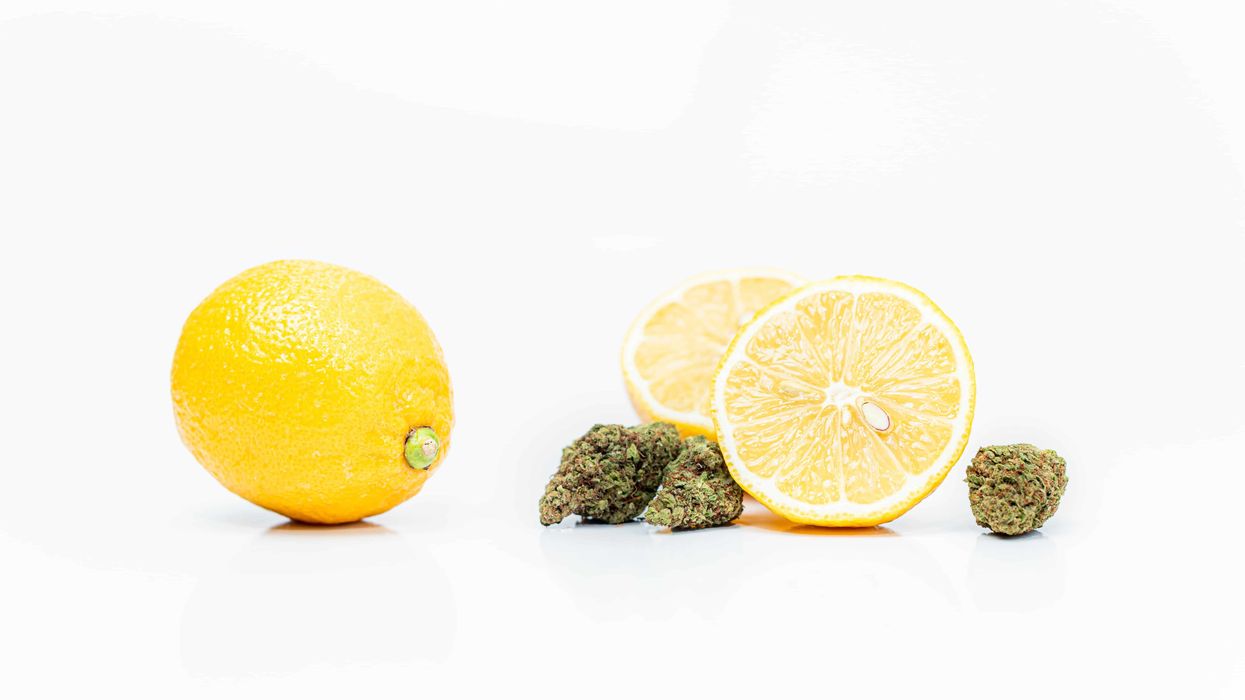

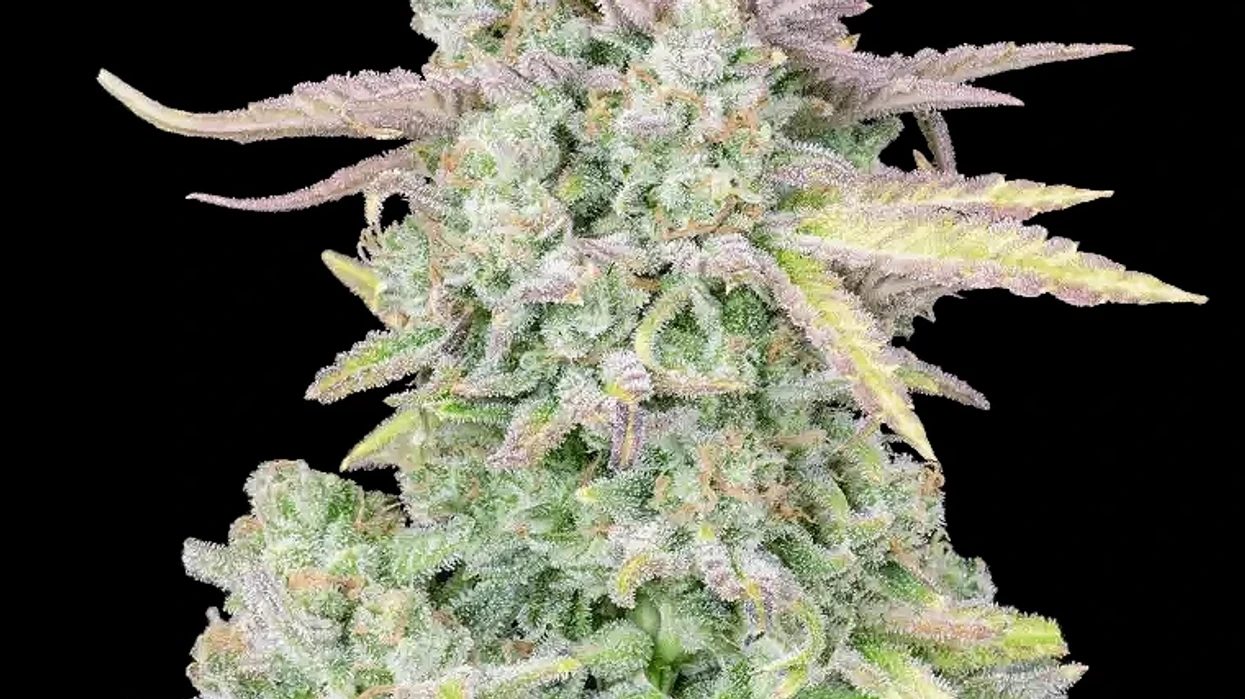



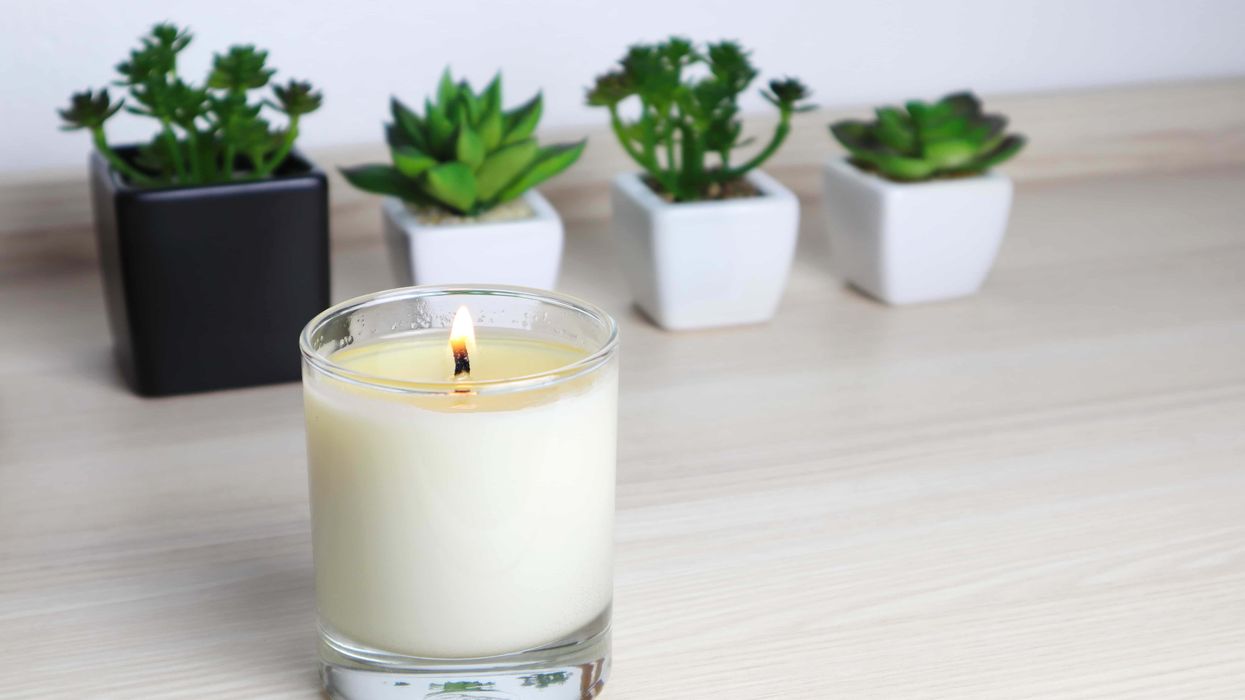
 The Truth About THC Candle: Cannabis Candles & How to Make Your Own - The Bluntness
Photo by
The Truth About THC Candle: Cannabis Candles & How to Make Your Own - The Bluntness
Photo by 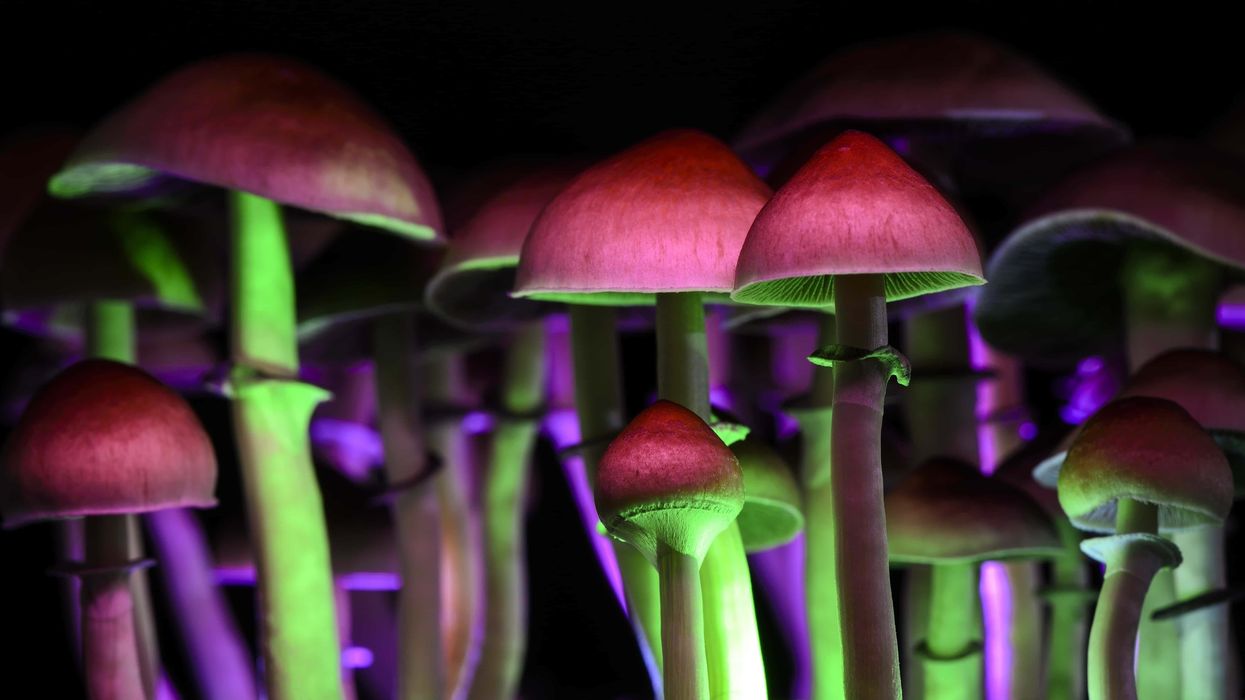

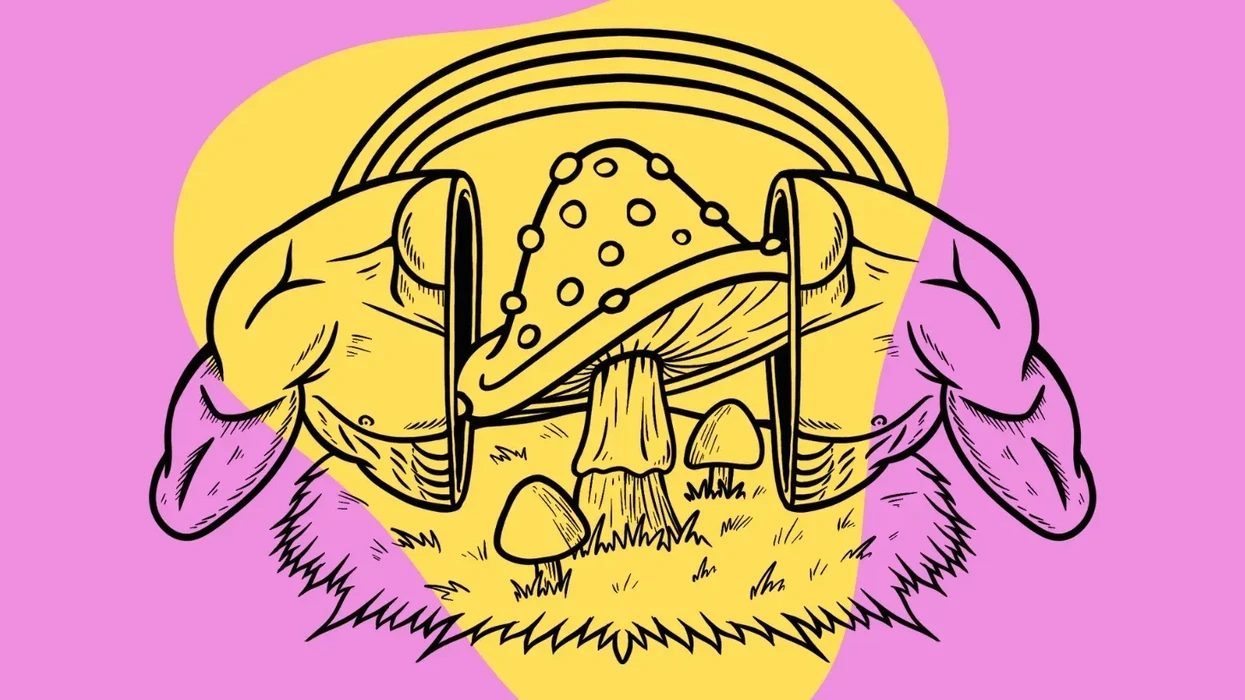
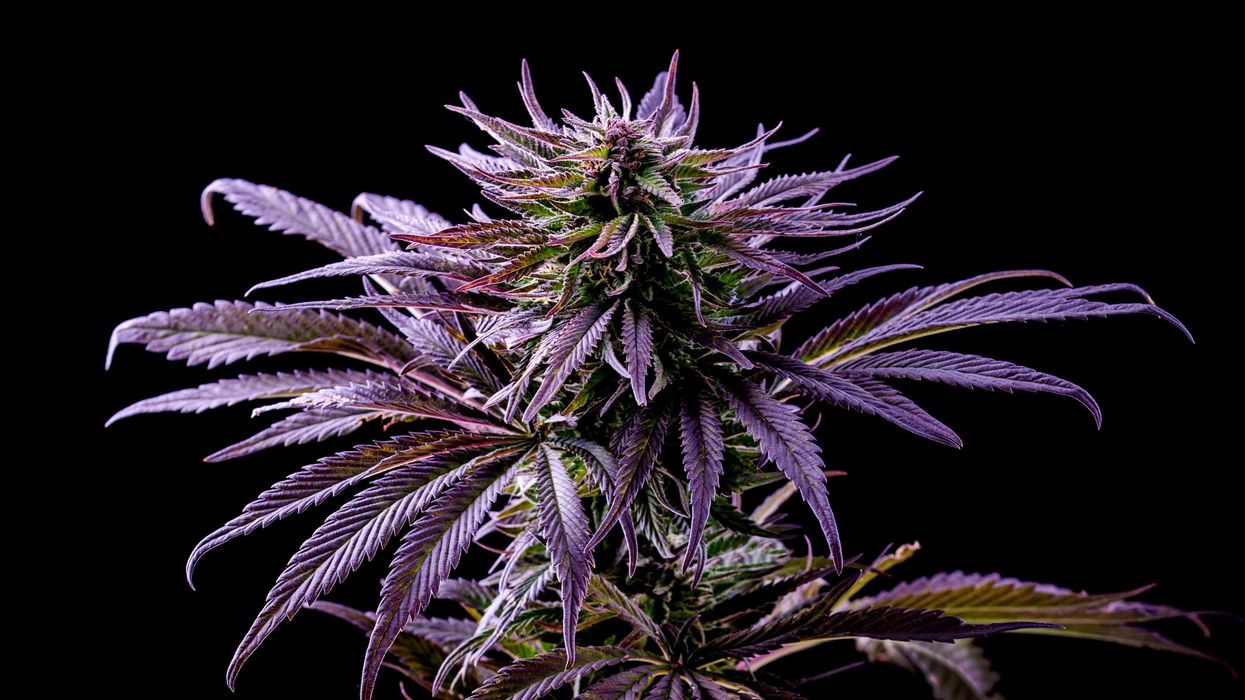


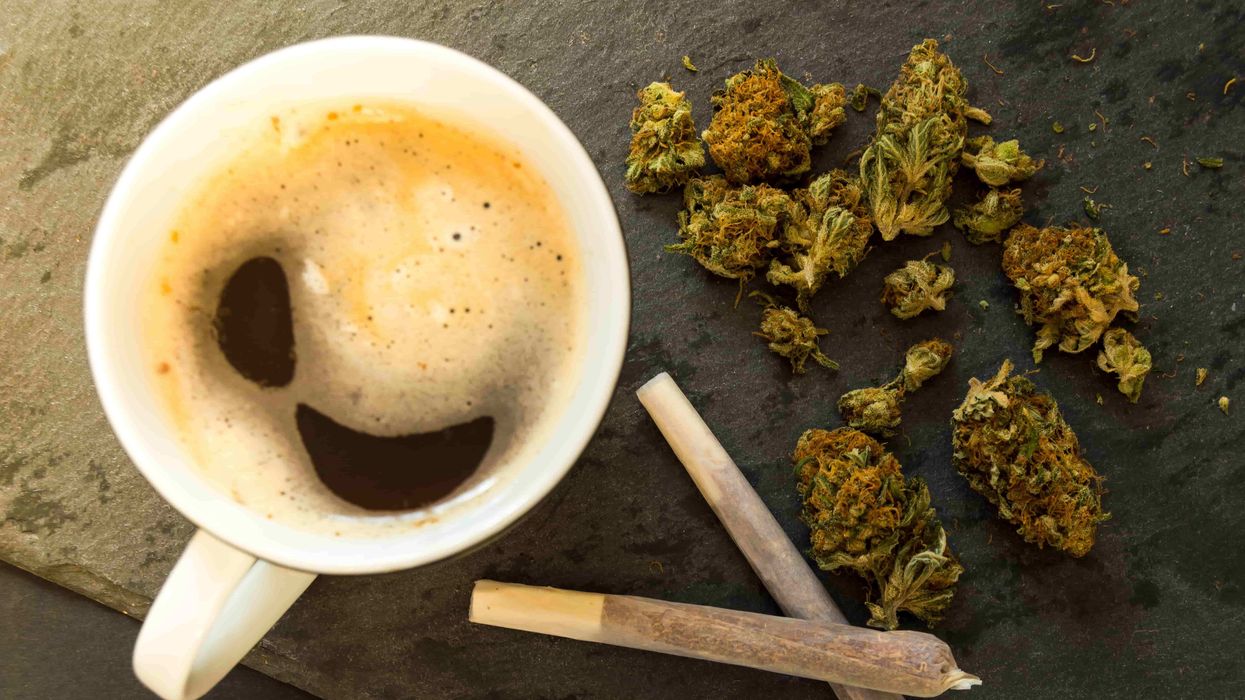
 Coffee & Weed: A Modern Spin on the Hippie Speedball - The Bluntness
Photo by
Coffee & Weed: A Modern Spin on the Hippie Speedball - The Bluntness
Photo by 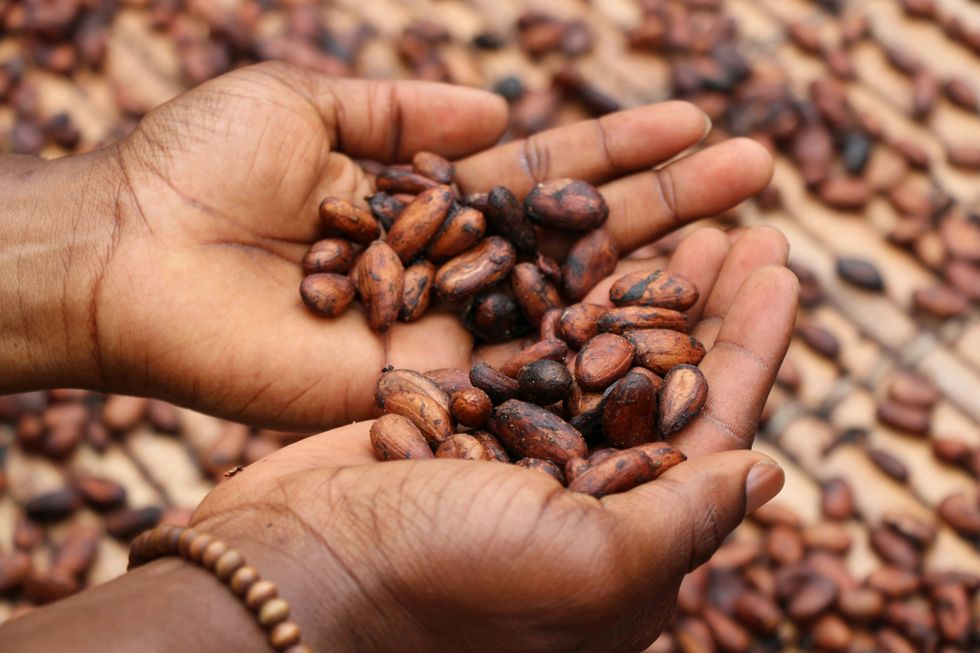 Coffee & Weed: A Modern Spin on the Hippie Speedball - The Bluntness
Photo by
Coffee & Weed: A Modern Spin on the Hippie Speedball - The Bluntness
Photo by 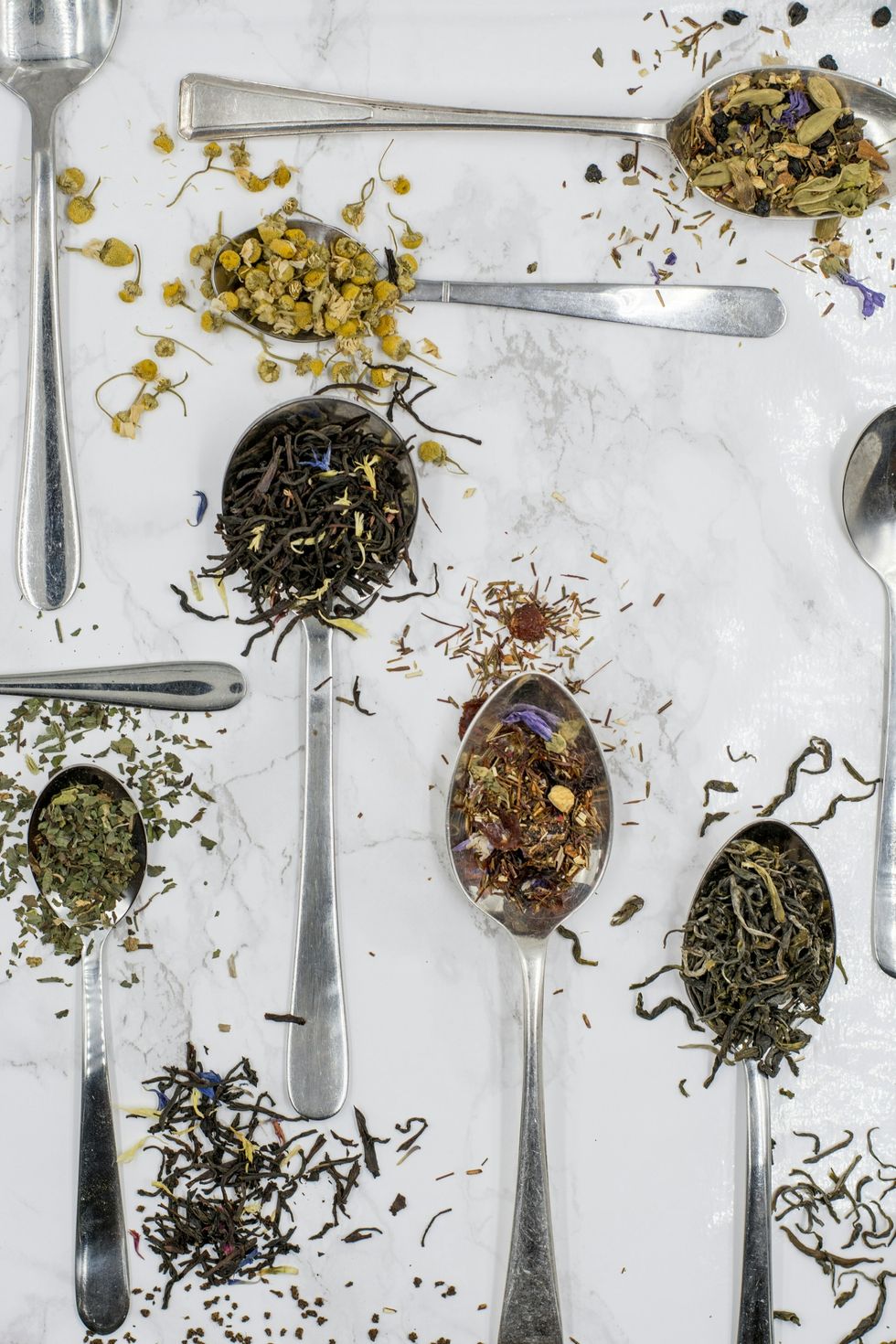 Coffee & Weed: A Modern Spin on the Hippie Speedball - The Bluntness
Photo by
Coffee & Weed: A Modern Spin on the Hippie Speedball - The Bluntness
Photo by 
 Recognizing the Signs of Antisocial Behaviors - The Bluntness
Photo by
Recognizing the Signs of Antisocial Behaviors - The Bluntness
Photo by  Weed Makes Me Antisocial: What To Do - The Bluntness
Photo by
Weed Makes Me Antisocial: What To Do - The Bluntness
Photo by 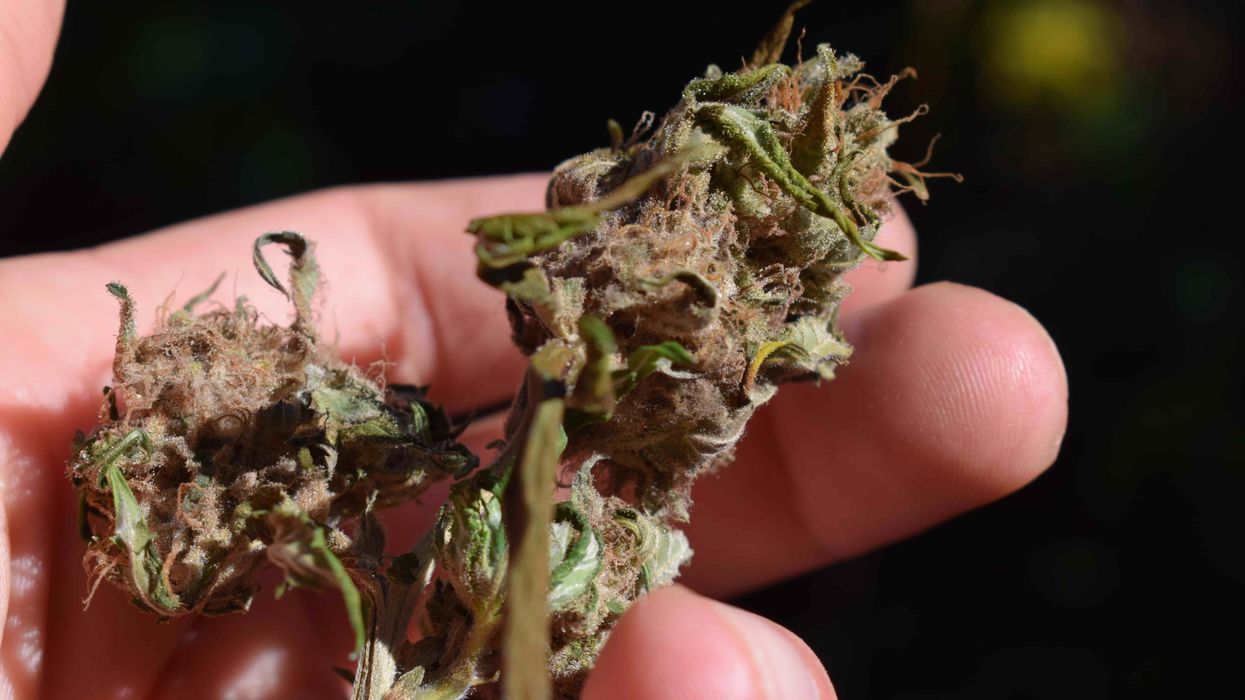
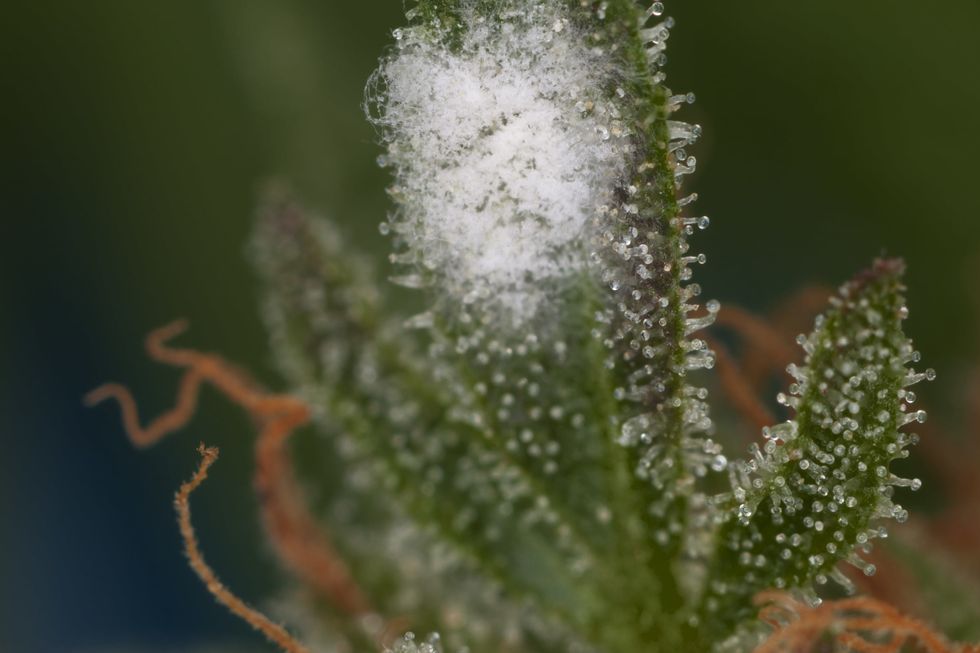 A good picture showing white mold next to cannabis trichomes.
A good picture showing white mold next to cannabis trichomes.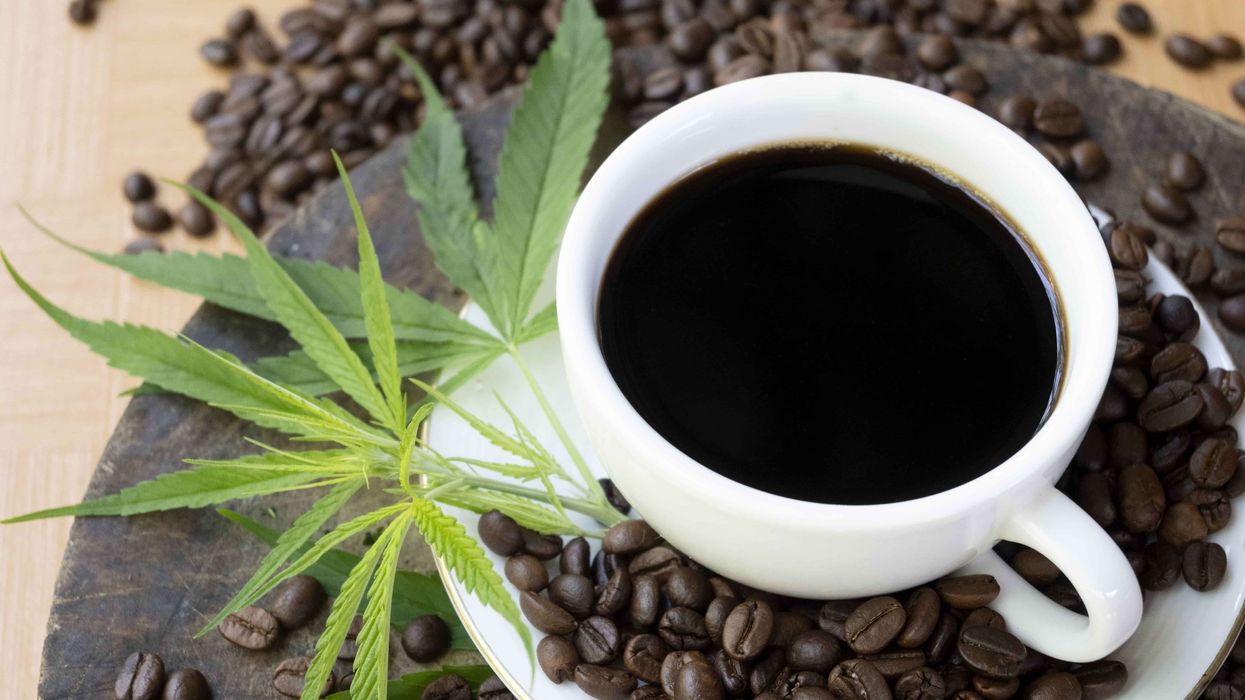
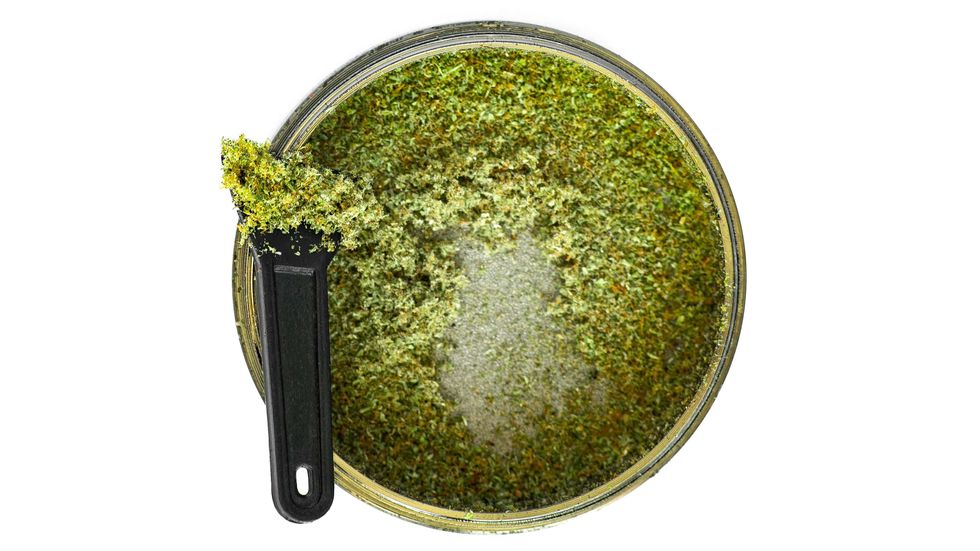 What will you do with that cannabis kief collection? - Make Coffee! The Bluntness
What will you do with that cannabis kief collection? - Make Coffee! The Bluntness DIY: How to Make Kief Coffee - The Bluntness
Photo by
DIY: How to Make Kief Coffee - The Bluntness
Photo by